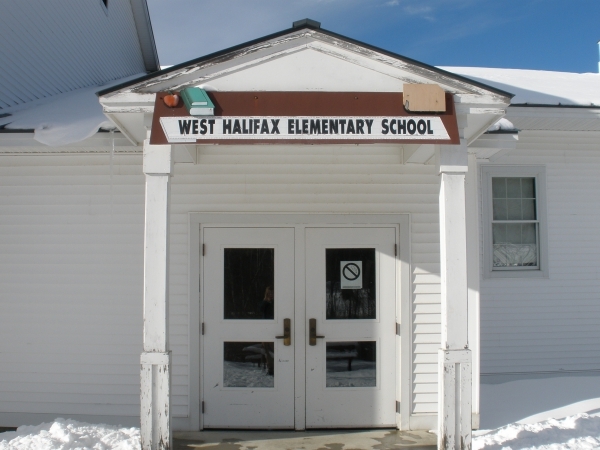A discussion with far-reaching implications is happening at school board and community meetings across Vermont right now. The discussion, required by this past Legislative session's Act 46 - “the Unification Act” - is about things we all hold very dear: our children, our communities, and our future.
In terms of public participation, this discussion still seems to be flying under the radar.
As a state, we have had some challenges with our education system prior to Act 46. The state education-funding mechanism under Act 60 and Act 68 has enabled the creation of inequities of opportunity - in some cases, very large ones - between small and large schools, while at the same time allowing for huge increases in spending.
Our current statewide education funding mechanism is not based on the funding that is need to provide equal educational opportunity. It is based on ensuring every child has access to the same level of spending (equal dollars) based on equalized state property-tax rates.
At the same time, significant national and rural state demographic challenges are impacting not only the size of our area's workforce but also our school-age populations.
The result of Act 60, Act 68, and the larger demographic challenges we are facing in rural Vermont is that some small schools, particularly smaller higher schools, cannot afford to provide appropriate educational opportunity for their students. That's not acceptable.
Act 46 is not likely to lower taxes over the long term because it doesn't fix the flaw in the education funding mechanism. It's not going to fix the declining workforce and student population issue, because it is looking to shed net seats, not fill them.
What Act 46 is seeking to do is consolidate school boards, thereby starting to ease some of the inequity of opportunity that our system currently holds. If your school board and my school board have to work together for both of our sets of students, we're going to make sure “our” students receive the same opportunities. Right?
* * *
The communities I represent in the legislature contain four small elementary schools with secondary choice, two non-operating school districts with K-12 choice, and part of the Twin Valley joint contract district.
A quick count of school board meetings I've attended since the end of the session is in the 60 range. It's in the 70s if you start adding in community discussions, meetings with school-board members from other parts of Vermont, or meetings with other legislators about Act 46. I'll bet many of Vermont's other legislators are spending a lot more time with their respective school boards since the passage of Act 46.
What I have been seeing and hearing from most school boards and board members is a willingness to consider how and if they can improve opportunities for kids in light of Act 46.
Many school boards and supervisory union boards have also been meeting a lot more than they typically would. They are talking passionately about their community's values, about what they want to save, about how to keep the state Board of Education from deciding what is best for their communities (which is what will happen in 2018 if communities refuse to comply).
They are wrestling with how best to establish new governance partnerships with neighbors, or sometimes boards that aren't neighbors. They are working on how to keep, eliminate, or establish school choice for their students.
They are trying to understand a law which has some very significant flexibility in it - but also some significant incentives for acting quickly, and some pretty big sticks for failure to comply. There is much to know and learn.
I'm a longtime school board member myself, and what I am seeing is an inspiring doubling down by these boards in their commitment to students and communities. Boards are stepping into the challenges created by Act 46, to try and find the best opportunities created by the legislation. They are being encouraged to “think big” and to “act fast” at the same time.
This is not easy.
* * *
I hope you will support the heavy lifting your boards are doing by staying informed of their discussions, as well as discussions at the statewide level.
It is very easy to receive minutes from your local board meetings by contacting your supervisory union. School-board meetings are open to the public, and every board I have spoken with would welcome more community participation.
In addition to my contact info, you can find links to the legislation, the Vermont Agency of Education and your Supervisory Union at laurasibiliavt.com/act-46/.
Over and over, I have learned that the biggest opportunities often come right at the moment of greatest challenge. Whether we like the law or not, there is actually a once-in-a-lifetime opportunity - right now - for our communities to reimagine how we would devise an education system that could provide more opportunities for students and our communities.
